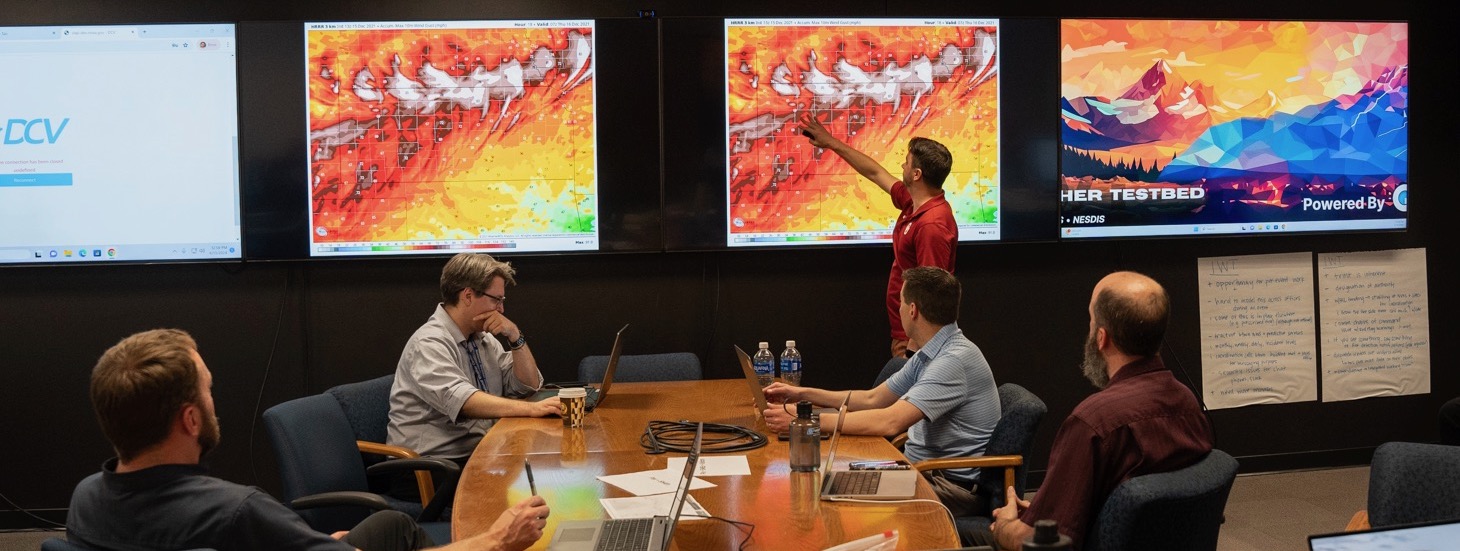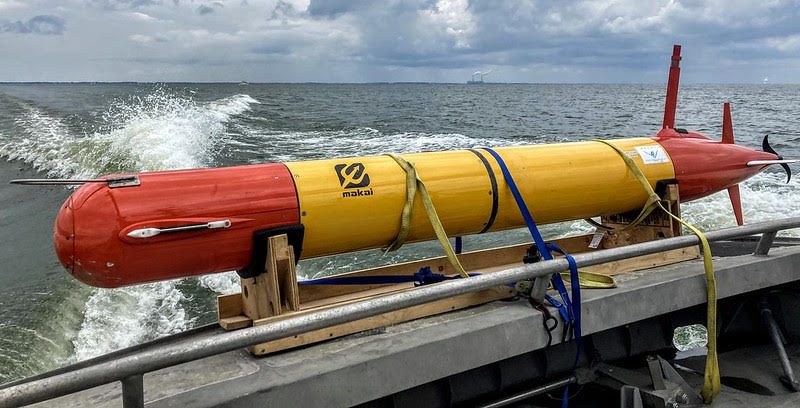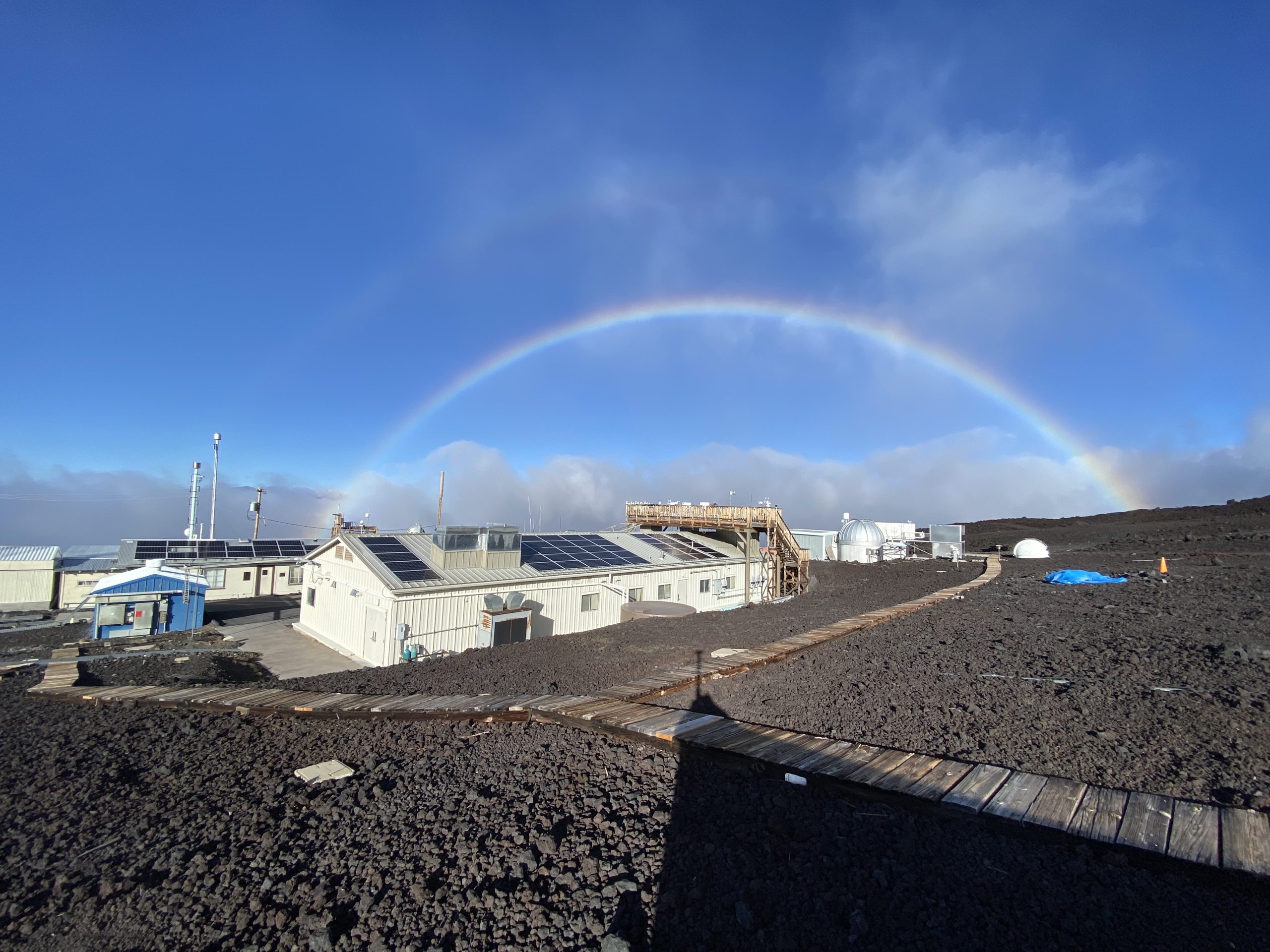NOAA and partner research on clouds and air-sea interactions will help improve a new generation of models that predict our weather and climate, according to a new summary article that is part of a special issue of the open access journal Earth System Science Data.
“Many climate models differ in how they characterize the key impact of shallow cumulus clouds in the tropics on the Earth’s warming,” said Chris Fairall, a researcher at NOAA’s Physical Sciences Lab who took part in EUREC4A, the European-led field campaign that included NOAA’s Atlantic Tradewind Ocean-Atmosphere Mesoscale Interaction Campaign (ATOMIC). “The research modelers now have the most extensive data ever collected on clouds in the climate system to better characterize clouds and a range of air-sea interactions that affect climate.”
The special issue brings together high quality data and analysis from the 2020 field campaign called, Elucidating the Role of Cloud- Circulation Coupling in Climate or EUREC4A. The campaign took place over five weeks off Barbados in January and February 2020 and involved scientists from 40 partner institutions in nine European countries, nine Caribbean countries as well as North America.
NOAA scientists from several labs and programs worked beside Caribbean and European scientists on ships, in planes and on land to gather the unprecedented level of data from the ocean and atmosphere.
By characterizing ocean and atmospheric processes across a wide range of scales, the mission marked a turning point in our ability to observationally study factors influencing clouds in the trade winds, how they respond to warming, and their link to other components of the earth system, such as the effects of ocean eddies and currents as well as particulate matter in the atmosphere, according to the European leaders of the research.
Fairall called the open access special issue “a breakthrough in making field observations available to the whole community.” Each of the 14 research papers, including the overview written by mission leaders Bjorn Stevens, Ph.D., of Max Planck Institute of Meteorology in Hamburg, Germany, Sandrine Bony, Ph.D., of the Laboratoire de Météorologie Dynamique in Paris, and David Farrell, Ph.D., of the Caribbean Institute of Meteorology and Hydrology in Barbados, are linked to high quality, well-described, accessible data.
“Unlike before, anyone who reads these [special issue papers] can very quickly re-live the ship and aircraft missions, and will then understand everything the experts wanted them to know about using their data.” added Elizabeth Thompson, a scientist with NOAA’s Physical Sciences Lab. “Instead of knowledge transfer between a few select groups, a lot of seasoned seagoing or aircraft-going principal investigators explained what they did and how they did it, and now it's documented for anyone to learn from.”
This deeper understanding of clouds, ocean and atmospheric processes was made possible by thousands (2500) of measurements from sensors distributed to measure area and oceanic circulations on 200 km to larger 500 km scales, roughly 400 hours of flight time by four heavily instrumented research aircraft including the NOAA’s P-3 Hurricane Hunter, four global-ocean class research vessels including NOAA Ship Ronald H. Brown, an advanced ground-based cloud observatory, a flotilla of autonomous or tethered measurement devices operating in the upper ocean (nearly 10,000 profiles), lower atmosphere (continuous profiling), and along the air-sea interface, a network of water chemistry measurements, complemented by data from satellite remote sensing and modeling with a new generation of weather/climate models.
The field campaign also included significant outreach in Barbados. Caribbean scientists joined teams collecting data. NOAA and European scientists visited schools, hosted tours of research aircraft as well as NOAA Ship Ronald H. Brown.
NOAA’s story includes information from the web story published by Max Planck Institute for Meteorology.
Go online here to read the Earth System Science Data special issue on EUREC4A
For more information please contact Monica Allen, NOAA Communications, at monica.allen@noaa.gov or 202-379-6693.



